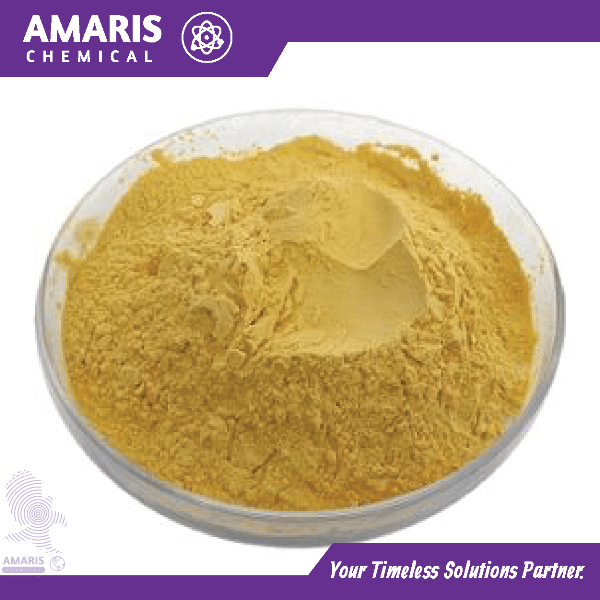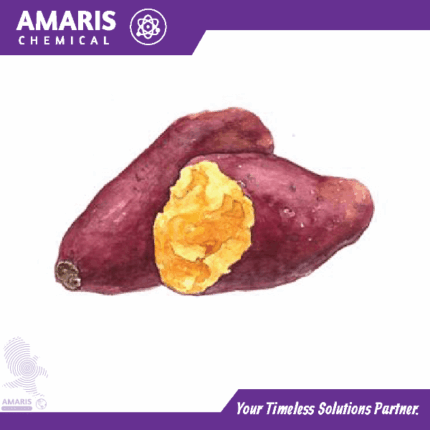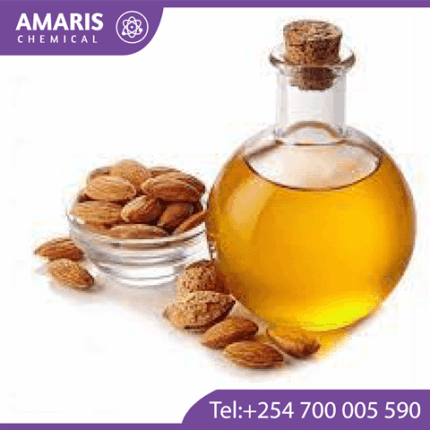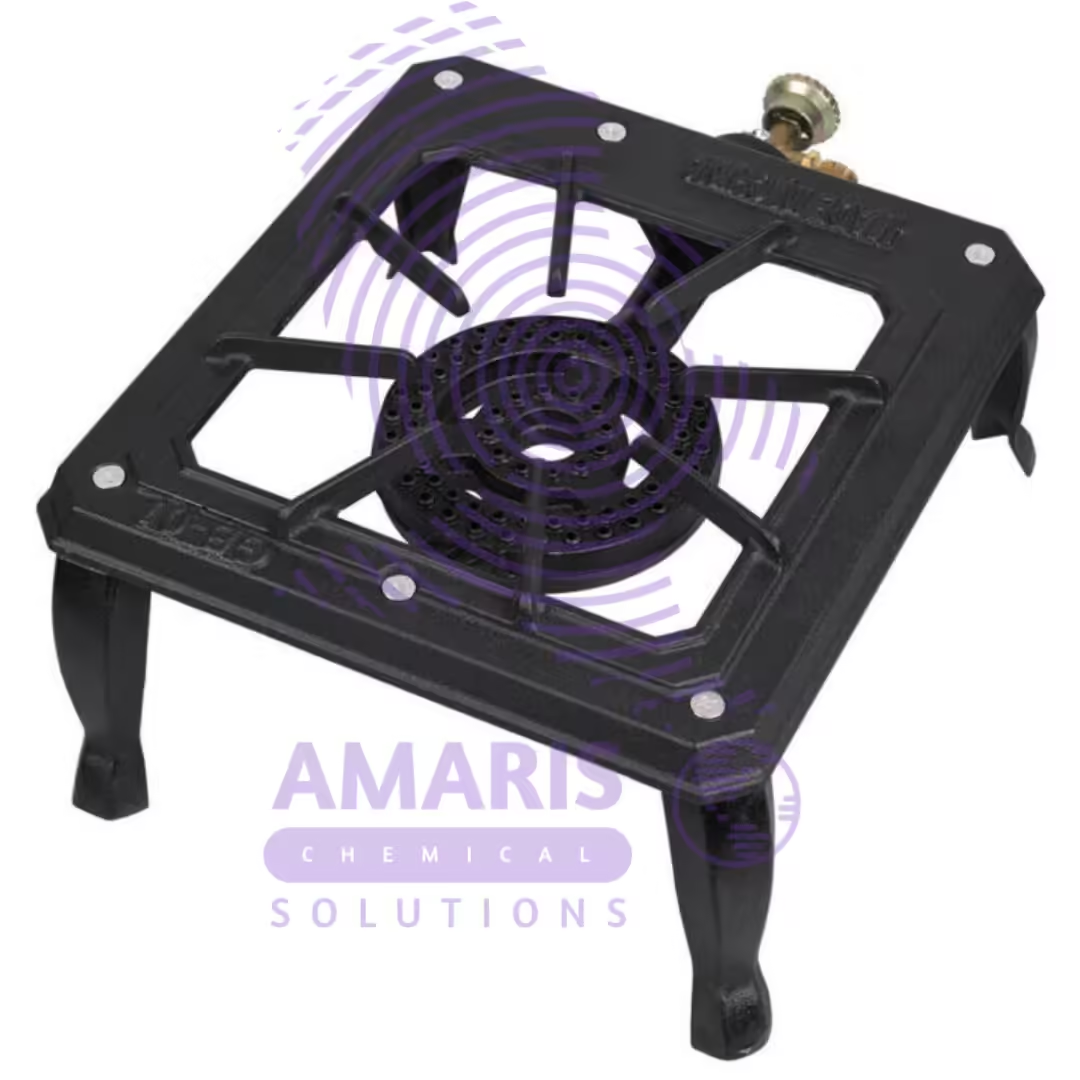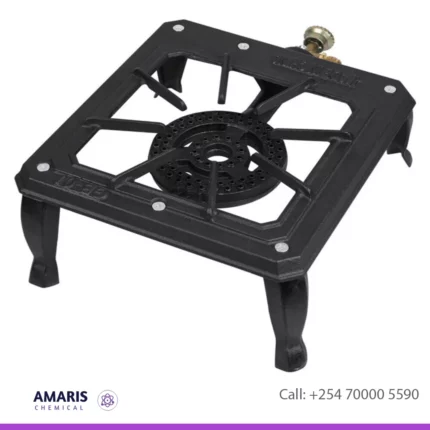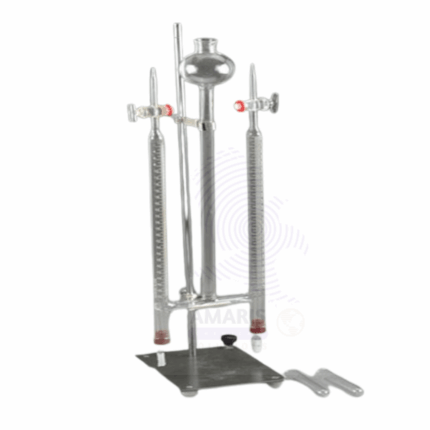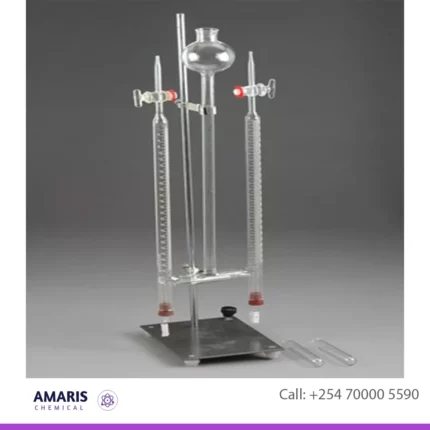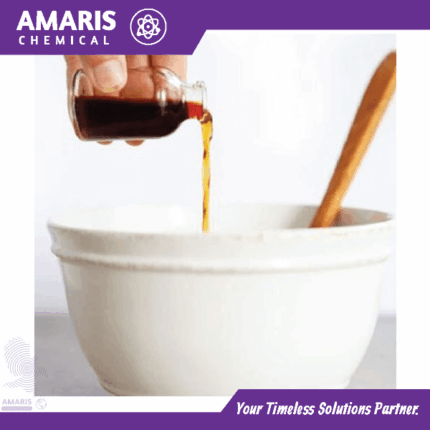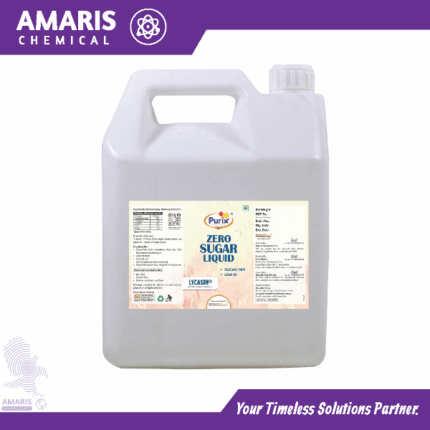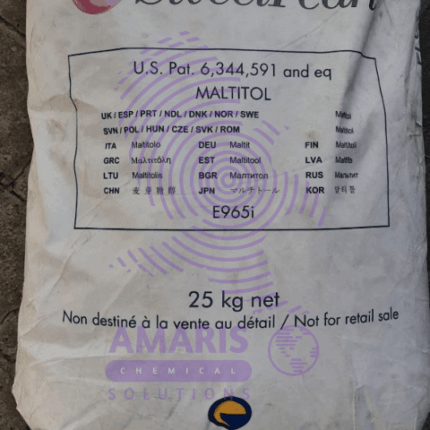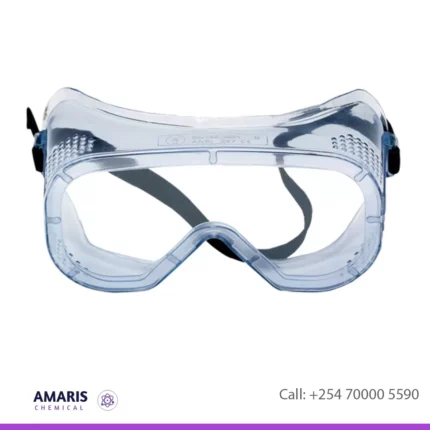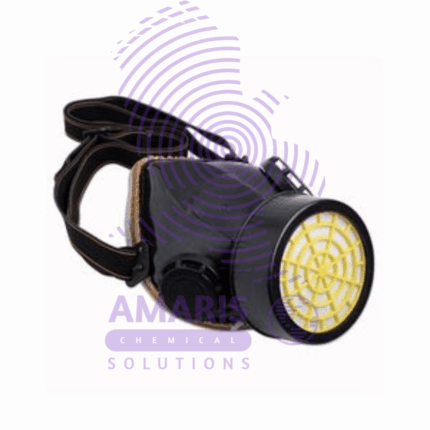“Maltitol powder 25kg” has been added to your cart. View cart
Xylanase baking enzymes
KSh0.01
Shipping & Delivery
Related products
Gas Stove Portable
Hoffman Voltameter
Hoffman voltameter is a laboratory apparatus used for the electrolysis of water (H2O) into its constituent gases, hydrogen (H2) and oxygen (O2). It consists of a glass container filled with water, inverted over two electrodes, typically made of platinum or another inert material, immersed in an electrolyte solution (usually dilute sulfuric acid).
When an electric current is passed through the electrodes, water molecules are dissociated into hydrogen ions (H+) and hydroxide ions (OH-) at the cathode (negative electrode) and anode (positive electrode) respectively. The hydrogen ions migrate towards the cathode and are reduced to hydrogen gas (H2), while the hydroxide ions migrate towards the anode and are oxidized to oxygen gas (O2).
The gases produced collect in the two arms of the apparatus, with hydrogen forming at the cathode and oxygen at the anode. The Hoffman voltameter allows for the collection and measurement of these gases, demonstrating the stoichiometry of water electrolysis, where two moles of hydrogen are produced for every mole of oxygen. This apparatus is commonly used in educational settings to illustrate the principles of electrolysis and the composition of water.
Liquid Vanilla flavor food grade
Maltitol powder 25kg
KSh0.01
Maltitol powder is a sugar alcohol that is derived from maltose, a type of sugar. It is a white crystalline powder that looks and tastes like sugar, but has fewer calories and a lower glycemic index. Maltitol powder is commonly used as a sugar substitute in food products, especially in those marketed to people with diabetes or those looking to reduce their sugar intake. It is also used as a bulking agent and sweetener in a variety of other food and beverage products, including candy, chewing gum, baked goods, and ice cream.
Single Gas Mask
A gas mask used in laboratories is typically designed to protect against various hazardous substances, including chemicals, biological agents, and radioactive particles. These masks usually feature a tight seal around the face to prevent contaminants from entering. Here's a basic overview of the components and considerations:
- Facepiece: The main part of the mask that covers the nose, mouth, and sometimes the eyes. It's usually made of rubber or silicone for flexibility and a proper seal.
- Filter Cartridges: These cartridges are attached to the mask and contain various filter materials to purify the air. They can be specific to certain types of contaminants or provide broader protection.
- Straps: Adjustable straps secure the mask to the wearer's face, ensuring a snug fit.
- Exhalation Valve: This valve allows the wearer to exhale air without letting outside air in, maintaining a closed system for breathing.
- Visibility: Some masks feature transparent facepieces or additional eyepieces to ensure proper vision while wearing the mask.
- Comfort Features: Some masks include features like padding or adjustable nose bridges for added comfort during extended wear

